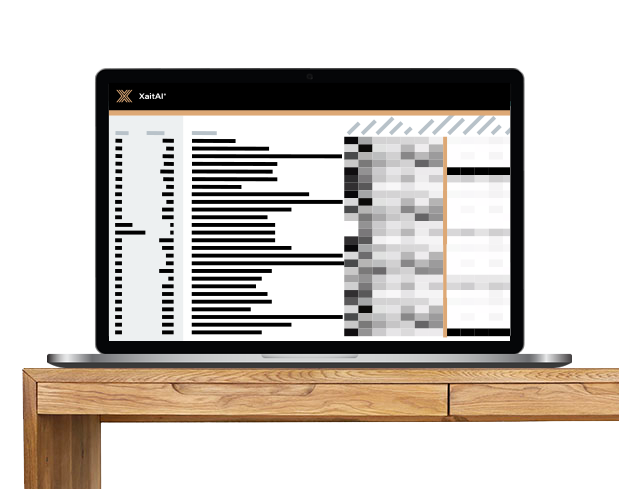Norwegian Petroleum Directorate
XaitPorter helped the Norwegian Petroleum Directorate write stronger reports in less time and with fewer errors
XaitPorter helped the Norwegian Petroleum Directorate write stronger reports in less time and with fewer errors
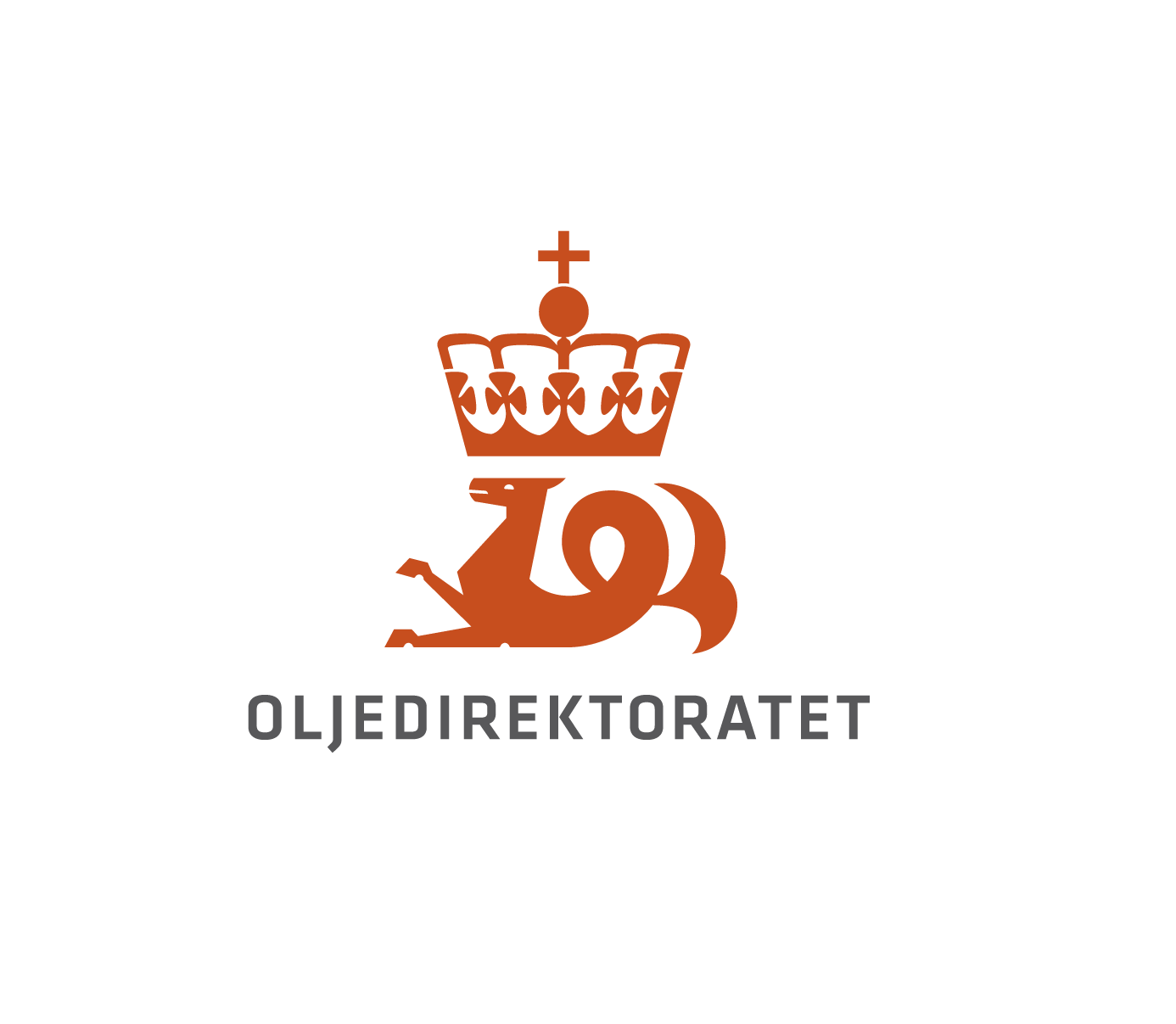
The Norwegian Petroleum Directorate is a governmental specialist directorate and administrative body. Established in 1972, they report to the Ministry of Petroleum and Energy. Their headquarters are in Stavanger, and a second office is in Harstad. The total number of employees is around 2o0.
Through efficient and responsible resource management, the Norwegian Petroleum Directorate is dedicated to maximizing the value of oil and gas activities for Norwegian society. In this work, health, safety, the environment, and other sea users are important considerations.
A team-based organization, the Norwegian Petroleum Directorate consists of around 70 teams. Each has a specific mandate and area of responsibility.
The Norwegian Petroleum Directorate (hereafter referred to as NPD) prepares reports on various aspects of petroleum activities. The Resource Report, published every other year, is one of the most important reports. It is typically about 60 pages long and contains a lot of data, graphs, images, and intricate layouts.
Sølvi Amundrud, Principal Engineer at NPD and a member of the Analysis Team, explains how co-authoring large, complex reports can be challenging because of their rotating team structure.
“Since we have rotating and multidisciplinary teams, the reports are almost always written by a new constellation of people every time. Multiple contributors are involved in each document.”
Previously, NPD wrote reports using Word, and they had trouble managing access, saving files, correctly referencing and cross-referencing, tracking version history, and getting formatting and layout right. There were frequent system crashes.
Basically, they had to deal with all the challenges that come with trying to create high-stakes documents with the wrong tools.
The need for a good version history system was particularly pressing:
“With so many people working on the same document, we need to be able to track changes. Word has a good system for this, but if you can’t open the right version, you can’t keep track of what changes have been made. It gets even messier when the document crashes and you can't save your work.”
Amundrud and her colleagues needed to find a solution that would resolve all these issues.
NPD knew there was a solution out there that was considered the "gold standard" for document co-authoring and collaboration in the oil and gas industry. XaitPorter, to be precise.
“Among the alternatives we considered, XaitPorter was the only solution that met our demands.”
However, NPD had to ensure that XaitPorter would work with their particular report creation use cases. As a result, three pilot projects were launched between 2019 and 2020, in which XaitPorter was "battle-tested" to write two types of reports.
In addition, XaitPorter was reviewed by NPD’s assessment group for IT projects, which is responsible for everything related to national ICT policy. They ran a risk assessment to make sure Xait and XaitPorter have stringent processes and measures to identify, manage, and reduce security risks.
Their verdict: XaitPorter offers enterprise-grade security and will save NPD time and resources in their report-writing processes. So NPD decided to go ahead with the software.
Implementing new software in an organization requires a professional, thorough onboarding process. Training on new software helps people use it smoothly and get the most out of it.
What was NPD’s onboarding experience like with Xait?
“Xait did a great job onboarding us. We got help every step of the way. Whenever we had questions or problems, we just called Ole Jacob, our Product Consultant in Xait. He was always willing to help.”
Xait conducted a three-hour introductory training session at the NPD offices, led by Ole Jacob Bryne, to help teams get started using the solution. The session was customized for NPD’s use cases.
“Learning a new software solution is always a little painful at first. But XaitPorter is really intuitive, so we quickly got the hang of it. Since we had full access to Ole Jacob all the way, onboarding was a safe and hassle-free process for us.”
Before XaitPorter, NPD report writers were frustrated by not having the right tools.
“We experience much less frustration now, because we spend much less time dealing with all the “noise” of chasing, waiting for, and restoring content. Almost all of this has disappeared.”
As a result of people not being frustrated and having to spend time on “nonsense”, Amundrud and her co-writers have won back time and resources.
XaitPorter has simplified and streamlined report production processes that used to be difficult and time-consuming, such as managing images and building references and cross-references. This has freed up a lot of time and resources for the teams when they write reports. How has this affected things?
“Now we can focus on getting the content right rather than how the report looks visually. Plus, we can now be sure that the version we’re working on is the latest. Unlike before, we don't have to go back and rewrite things. That saves us a lot of time.”
Another benefit of XaitPorter is that it provides full transparency of who is working on what in the document at any given moment. This is particularly useful when several people work on the same document at the same time.
“We get notified right away when someone works on a section of the document. That way, we can either wait or phone the person and ask, “Does that part have to be done right now, or can it wait a bit?”.”
Many different writers and multiple iterations are involved in NPD's reports. Eventually, mistakes creep in, as we humans tend to become blind to our own mistakes.
The past reports that NPD produced with. Word always had a mistake here or there. Those sneaky little “cosmetic” errors that you only spot after the report is published.
According to Amundrud, many of her co-writers would be on high alert, knowing that there were errors and inconsistencies in there somewhere but unable to find them.
Why were they so concerned about “minor” errors like incorrect image references and chapter references? Because they can detract from the overall message of a report.
“XaitPorter has made writing reports so much easier. We're less likely to overlook mistakes that can hurt our credibility and make us look unprofessional. These kinds of errors rarely happen anymore.”
This is a testament to XaitPorter's value and quality, says Amundrud:
“It's nearly impossible to avoid mistakes completely when multiple people work on a big report for a long time. We have a network of "typo spotters" who always let us know if we're making a mistake. They haven't reported anything since we started writing our reports in XaitPorter. That’s a good sign!”
In conclusion, the Principal Engineer says that report writing happens in fits and starts at the Norwegian Petroleum Directorate – but the Analysis Team has already decided what co-writing solution will be used for their next Resource Report.
“We're ready to use XaitPorter again, anytime. And I’ll recommend it to other teams who are writing reports. Because it’s been a great tool for us and well worth the investment.”
Simplify complex processes and create competitive, high-quality documents with less effort.
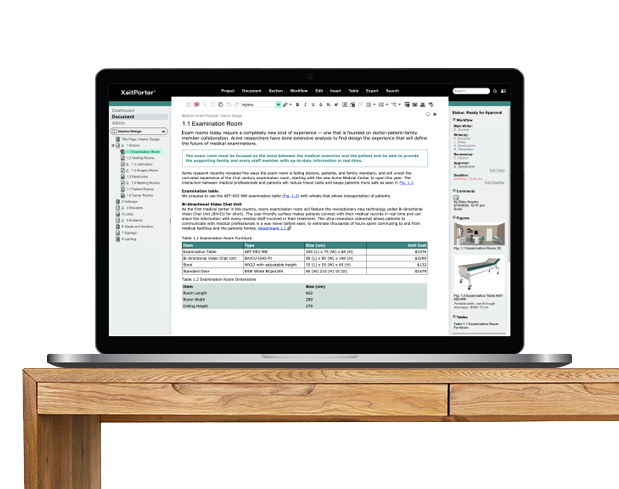
Effortlessly create tailored sales quotes and technical briefs that stand out and close deals faster.
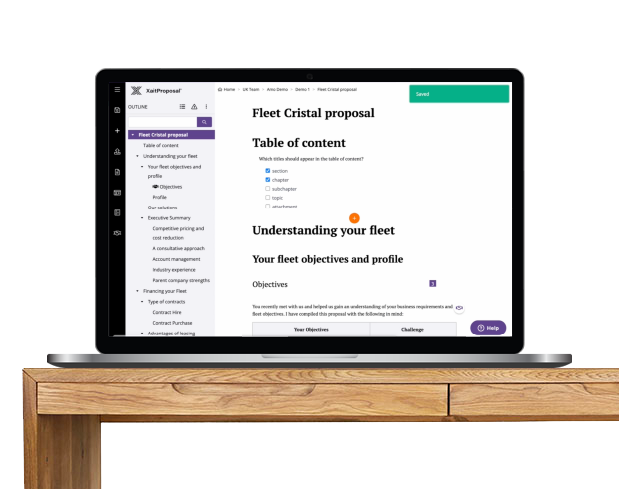
Streamline your sales process and boost margins with effortless solution configuration and automated pricing.
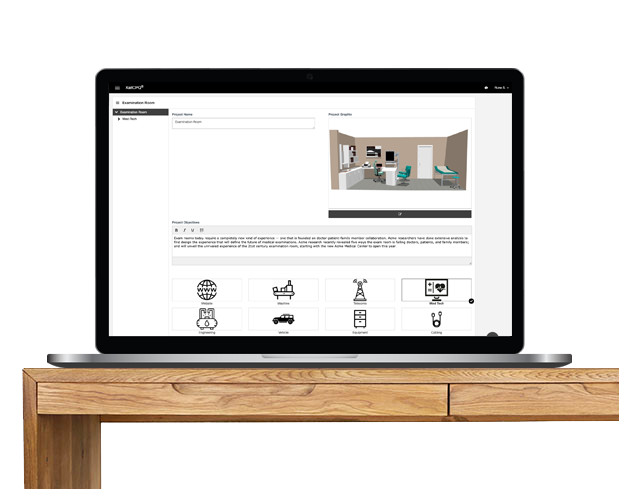
Save time and meet tight deadlines with accurate, professional responses in minutes, not hours.
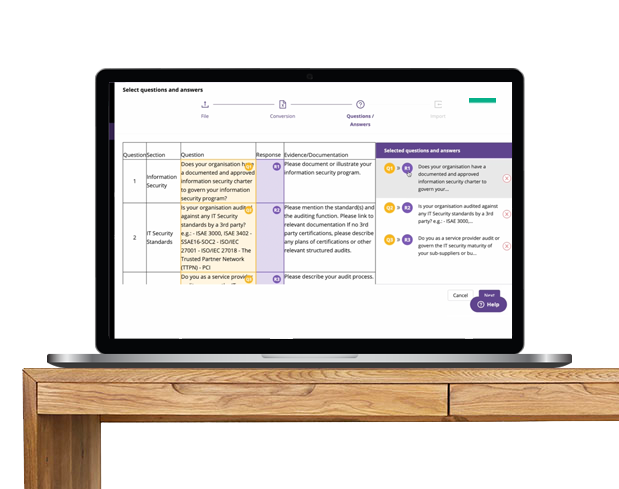
Deliver secure, custom and interactive proposal pages that captivate buyers and accelerate your sales cycle.
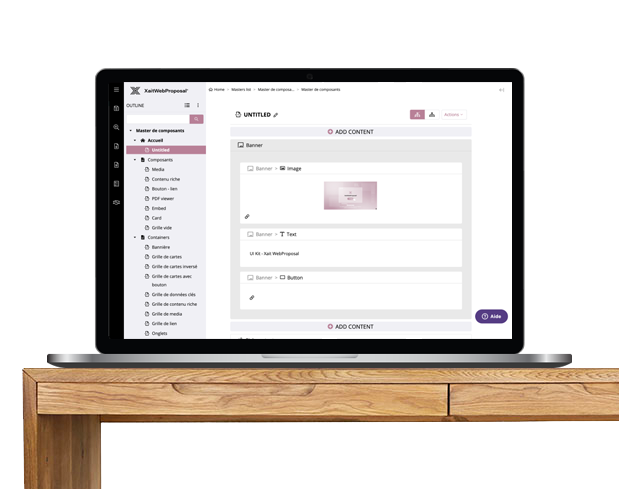
XaitAI uses advanced Natural Language Processing (NLP) to analyze, suggest, and refine your content—delivering faster, more impactful proposals. (Currently available for XaitPorter only.)
